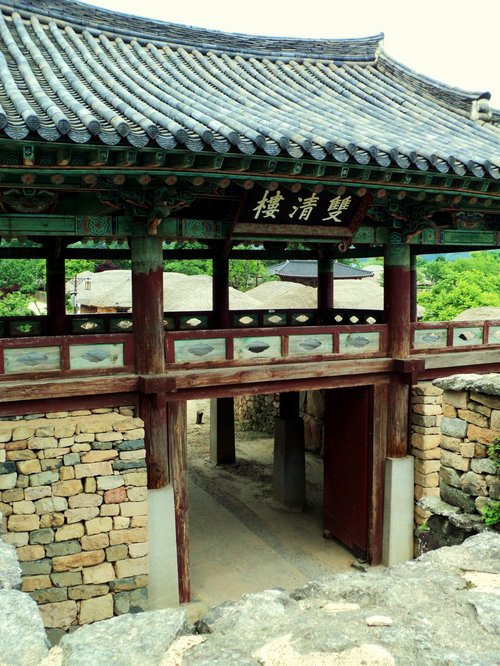Naganeup village has two defining characteristics. It is not a village of the aristocracy, but one of the common people, with thatched roofs and simple stone walls. The second important detail is the village is protected by a fortress that encloses the village built to protect the inhabitants from Japanese soldiers or pirates. People still live in the village, and some of the homes have been almost completely redone or refurbished, but numerous preserved homes remain. As well as some of the town government buildings.
There is a pretty good chance this village will be inscribed (eventually), but what form will it take? There are discussions around formulating a serial town fortress (eupseong) serial nomination that would include 3-4 sites. I am unsure what the best course is, but I do know Naganeupseong is the most impressive of the suggested serial components thus far proposed. Haemieupseong (near Seosan), while impressive, the interior of the fortress no longer functions as a village. Naganeupseong remains the most complete example of a Korean town/village enclosed by a fortress.

Strolling around the small alleyways within the village is a highlight, and to get a better sense of the layout of the town, walk around the relatively small fortress wall. If you enjoyed visiting Hahoe or Yangdong, you would also enjoy a visit to Naganeupseong, while also appreciating the differences (houses, town fortress).
Not being centered around an aristocratic clan makes this historic site different from Korea's other historic villages. The town's defensive fortifications were also a necessary precaution because of its location in Jeollanam-do. Naganeupseong is actually closer to Fukuoka Island in Japan than Seoul.
Flickr Album